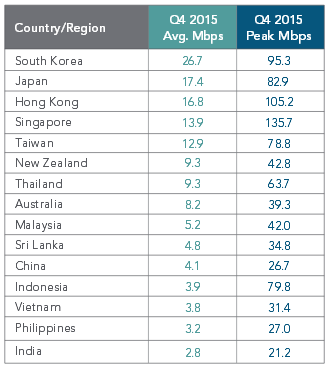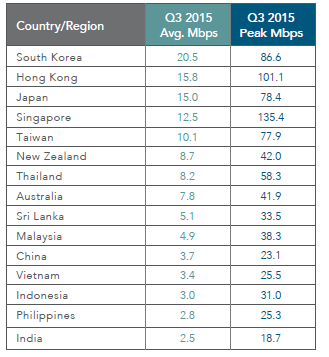Enterprises, governments and individuals are being attacked by the Xsser mobile remote access Trojan (mRAT), which targets iOS and Android devices, according to a new threat advisory from Akamai Technologies, Inc.’s Prolexic Security Engineering & Response Team. The Xsser mRAT is spread through man-in-the-middle and phishing attacks and may involve cellphone tower eavesdropping for location-specific attacks.
“Sophisticated malicious actors are targeting unsuspecting mobile device users,” said Stuart Scholly, senior vice president and general manager, Security Business Unit, Akamai. “Attackers are impersonating or bypassing Google and Apple app stores and using social engineering to trick users into downloading unverified apps that install malicious applications such as the Xsser remote access Trojan onto a user’s mobile device. For example, attackers offered a counterfeit Flappy Birds app download to deliver the malicious software.”
Jailbroken iOS devices at risk
Jailbreaking is the process of removing limitations and security checks in the iOS operating system in order to allow users to install applications from other application stores. In China, for example, 14 percent of the 60 million iOS devices are estimated to have been jailbroken, often to support the use of third-party Chinese character keyboard apps. Jailbroken phones are at greater risk for malware.
Mobile remote access Trojan: the Xsser mRAT
Formerly, Xsser mRAT targeted only Android devices, but a new variant infects jailbroken iOS devices. The app is installed via a rogue repository on Cydia, the most popular third-party application store for jailbroken iPhones. Once the malicious bundle has been installed and executed, it gains persistence – preventing the user from deleting it. The mRAT then makes server-side checks and proceeds to steal data from the user’s device and executes remote commands as directed by its command-and-control (C2) server.
“Infected phones with the remote access software installed could be used for a wide variety of malicious purposes including surveillance, the stealing of login credentials, launching distributed denial of service (DDoS) attacks, and more,” added Scholly. “With more than a billion smartphone users worldwide, this kind of malware creates significant risks to privacy and a risk of rampant illegal activity.”
The best protection is to prevent infection
It is difficult to detect whether a phone is under attack from malware such as Xsser mRAT, so a focus on prevention is necessary. Virtual private networks (VPN), two-factor authentication, peer-to-peer proximity networking and commercial phone security applications can provide some protection. Avoiding the use of free Wi-Fi hotspots and automatic connections, ignoring unexpected communications, not jailbreaking phones and not using apps from untrusted sources are some of the self-protection approaches discussed in the advisory.










































































































